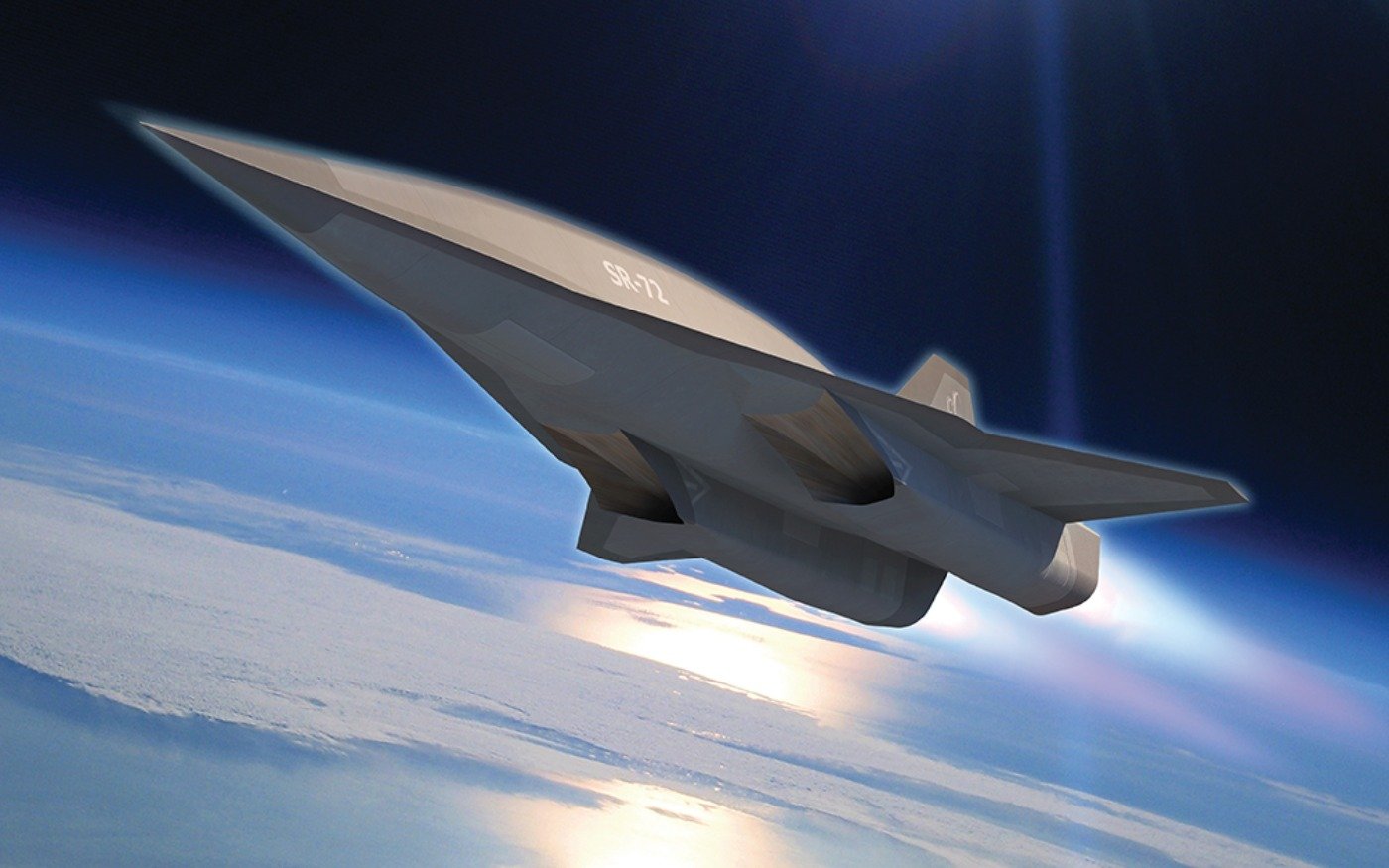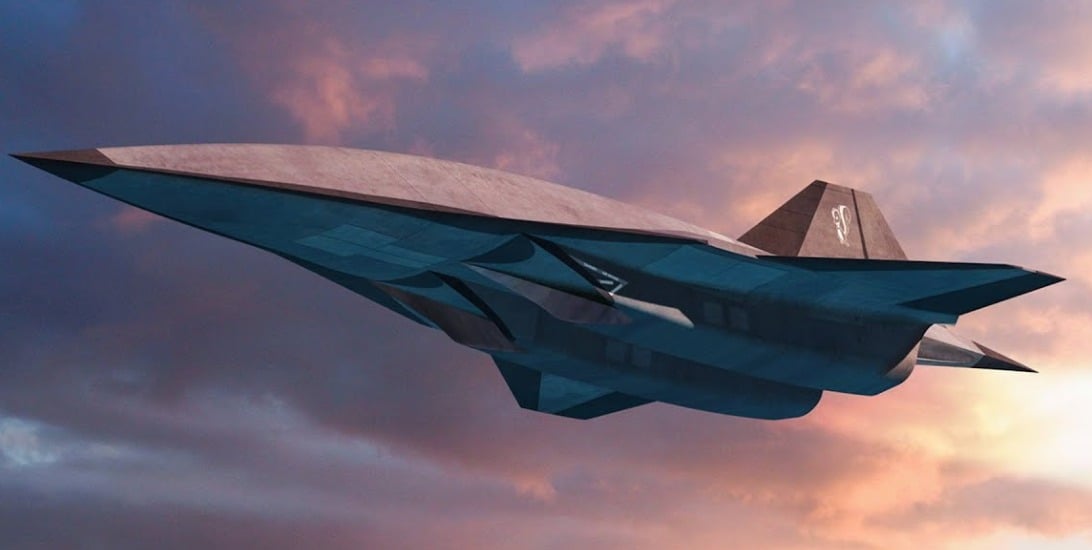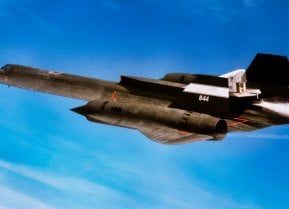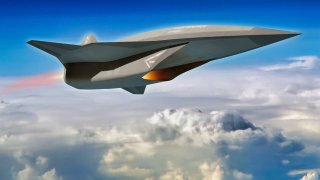Is the SR-72 Darkstar Mach 10 Plane in Top Gun: Maverick Real?
The mystery surrounding the SR-72 Darkstar may begin to unravel by 2025, according to some experts. Or, the Mach 10 plane might just have to remain in the movies.
During Top Gun: Maverick, Tom Cruise hit Mach 10 in the SR-72 Darkstar. That plane might even end up being real in some format.
Here Comes the SR-72
Aviation buffs and military experts alike revere the unprecedented capabilities of an airframe produced more than forty-five years ago. As of 2022, the SR-71 Blackbird holds the world record it set in 1976 as the fastest manned-airframe on the planet. The newer and fifth-generation F-35 Joint Strike Fighter and F-22 Raptor can’t even claim this achievement. This long-retired fighter may finally meet its match, however, with its potential successor the SR-72.
As Lockheed Martin’s Mach 6.0 Blackbird 2.0, the “Darkstar” may just be a theory today but may actually take to the skies over the next decade.
When the blockbuster Tom Cruise film Top Gun: Maverick took to the screens last year, manufacturing giant Lockheed Martin hinted that the Darkstar SR-72 may already be in the works. When the hit picked up six Academy Award nominations, Lockheed congratulated those involved with Top Gun on Twitter, notably adding that “The SR-71 Blackbird is still the fastest acknowledged crewed air-breathing jet aircraft.”
This remark was perhaps the wink fans needed to keep the Darkstar theories relevant.
What we know about the SR-72 “Darkstar”
Lockheed Martin’s Skunk Works was responsible for designing and producing the Blackbird, which was able to reach speeds of Mach 3.2 with uniquely crafted Pratt and Whitney J58 engines. When the SR-71 Blackbird was retired by the U.S. Air Force in the late 1990’s, a vacuum opened for a new airframe to fill.
Specifically, the Air Force put forth a hypersonics roadmap that envisioned a potential program to create a reusable unmanned aircraft able to achieve Mach 6.0. As anti-satellite weapons and other counter-stealth technologies continued to grow during this time period, the opportunity to develop a high-speed airframe capable of penetrating defended airspace arose.
Although Lockheed Martin officially proposed the new SR-72 concept in 2013, unconfirmed reports about the Darkstar emerged as early as 2007.
As explained by The Drive, we know that from “as 2016 that Lockheed was openly discussing the possibility of building a demonstrator aircraft, roughly the size of an F-22 Raptor, to help prove the technologies that would underpin the SR-72’s hypersonic design. Such a demonstrator would have cost less than $1 billion to produce and could be flying in just a few years time.”
Limited information surrounding the Darkstar’s potential capabilities exist. Currently, no payload exists that could be deployed at Mach 6.0 speeds.
However, Lockheed may already be spearheading this new capability.
While it remains unclear whether or not the Darkstar could even carry weapons, in order to make this possible new weapons and sensors would have to surface.

Lockheed’s program manager Brad Leland noted that “Hypersonic aircraft, coupled with hypersonic missiles, could penetrate denied airspace and strike at nearly any location across a continent in less than an hour,” adding that “Speed is the next aviation advancement to counter emerging threats in the next several decades. The technology would be a game-changer in theater, similar to how stealth is changing the battlespace today.”

The mystery surrounding the SR-72 may begin to unravel by 2025, according to some experts.
About the Author
Maya Carlin is an analyst with the Center for Security Policy and a former Anna Sobol Levy Fellow at IDC Herzliya in Israel. She has by-lines in many publications, including The National Interest, Jerusalem Post, and Times of Israel. You can follow her on Twitter: @MayaCarlin.


